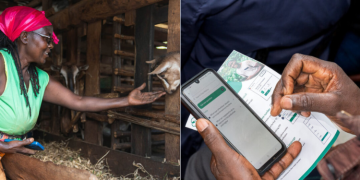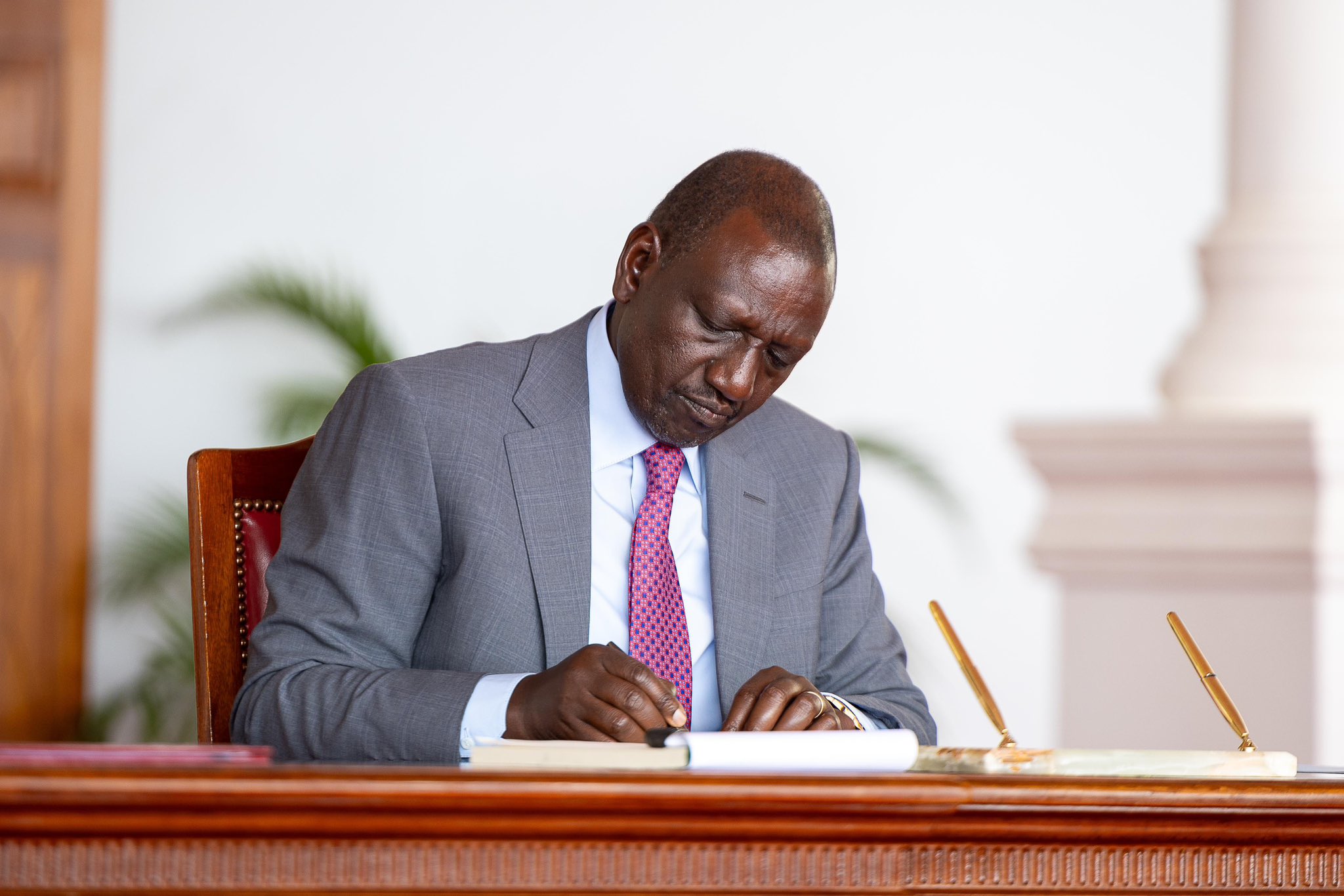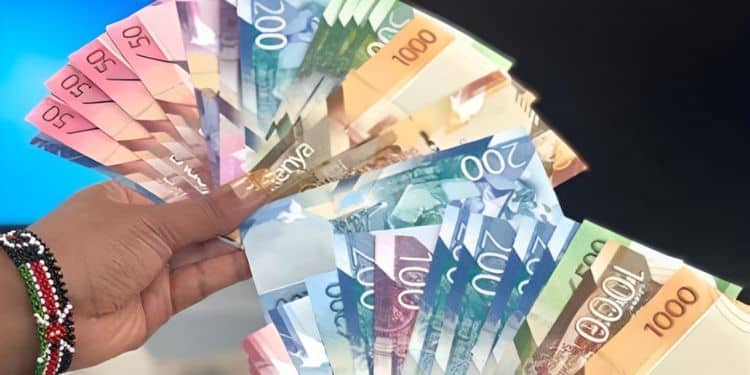The Kenyan Shilling strengthened against major global and regional currencies in the first quarter of 2025, compared to a similar period in 2024, according to the Kenya National Bureau of Statistics (KNBS).
Additionally, the latest rates from the Central Bank of Kenya, released on July 4, 2025, show that the Shilling continues to strengthen in value compared to 2024.
In the first quarter of 2024, the Kenyan Shilling traded at 157.3912 against the US Dollar, 172.2168 against the Euro, 110.1215 per 100 Japanese Yen, 24.2234 against the Ugandan Shilling, and 15.9922 against the Tanzanian Shilling.
However, in the first quarter of 2025, the Shilling strengthened, trading at 129.2391 against the US Dollar, 151.9529 against the Euro, 89.1304 per 100 Japanese Yen, 27.7548 against the Ugandan Shilling, and 20.4273 against the Tanzanian Shilling, according to the Central Bank of Kenya.
Kenyan Shilling Against Other Currencies in 2025
According to the KNBS report, this reflected an appreciation of 16.3 per cent against the Euro, 14.2 per cent against the Sterling Pound, and 13.6 per cent against the US Dollar.
The Shilling also gained 15.9 percent against the Japanese Yen and 11.7 percent against the South African Rand. Regionally, it strengthened by 16.7 percent against the Tanzanian Shilling and 9.6 percent against the Ugandan Shilling over the same period.
Additionally, the Kenyan shilling has remained stable against the US dollar and other major currencies, according to the latest data from the Central Bank of Kenya (CBK).
Also Read: Why Kenyan Shilling Has Remained Stable Against Global Currencies
Why the Shilling Remains Stable
A key factor supporting the shilling’s stability is the consistent growth in diaspora remittances.
In May alone, Kenyans abroad sent home Ksh56.93 billion (USD 440.1 million), bringing the 12-month cumulative total to Ksh650.72 billion (USD 5.03 billion)—an 11.6% increase compared to the same period last year, according to the Central Bank of Kenya (CBK).
Beyond remittances, Kenya’s export sector—especially tea—remains a vital source of foreign exchange.
Also Read: Why Kenyan Shilling Is Stable on Salary Week and How to Cash In
Despite global disruptions in leading tea-producing nations like Sri Lanka and India, global prices have held firm.
Other factors influencing the strength of a currency including central bank policies, especially interest rates, which are among the most significant.
The Central Bank of Kenya (CBK) lowered lending rate to 9.75 percent in June.
Follow our WhatsApp Channel and X Account for real-time news updates












































































